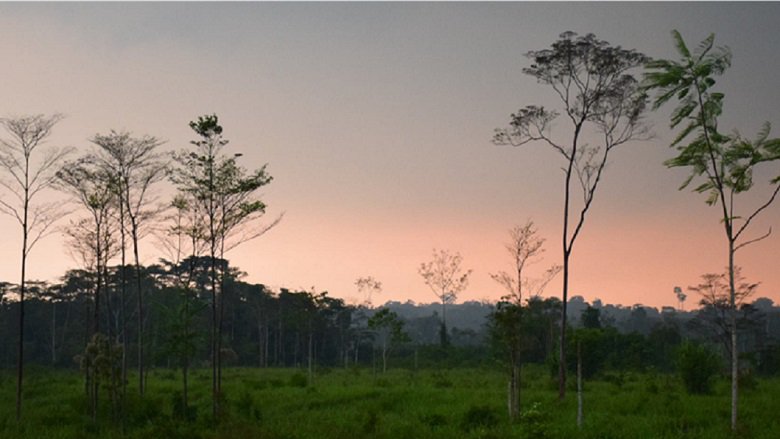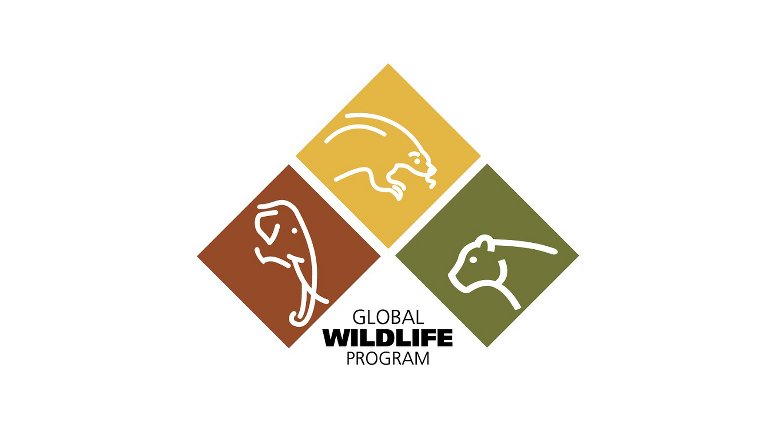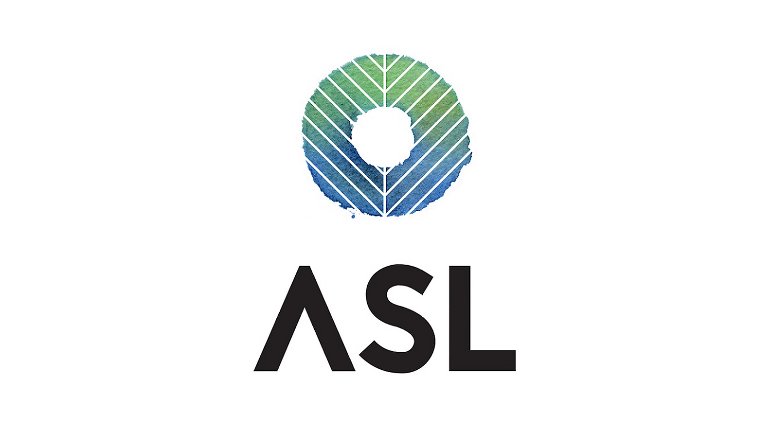Habitat loss and fragmentation are key threats that drive biodiversity loss. Large landscape connectivity enables species movements and gene flow among protected and conserved areas and supports migrations, all key to healthy and resilient landscapes. Increasingly, conservation projects are looking to keep natural areas connected or to re-connect them but there are many challenges in doing so.
The workshop brought together over 100 participants with the aim to:
- Discuss diverse themes that are key to corridor planning, such as connectivity objectives, social and economic values, delineation, and governance.
- Raise awareness and know-how on participatory spatial planning of ecological corridors and connectivity.
- Learn to use the Wildlife Corridor Mapping Tool.
- Hear case studies and project experiences from Bhutan, Botswana, Ecuador and Colombia.
- Understand the various types of governance formats set up between stakeholders, communities, the government, and others and help translate that into an adaptive management plan.
Key takeaways
On IUCN Corridor and Connectivity Guidelines:
- Connectivity can and should be integrated into management plans, monitoring and evaluation plans, and reporting.
- The IUCN guidelines provide detailed information for practitioners.
On Spatial Planning:
- Spatial planning intersects with land use planning, conservation planning, and natural resource management, and can increase the success of implementation in each area and of connecting spaces.
- Data availability of applicable information (particularly species data) is fundamental to success.
- Harmonization/alignment of land uses can reduce competition between land-uses and increase integrity of the landscape.
- Connectivity modeling can be used to generate scenarios of change that are useful for informing conservation action.
On Wildlife Corridor Mapping Tool:
- There are six important steps to identifying and prioritizing corridors: (1) select focal species or structural connectivity approach, (2) assemble GIS data layers, (3) assign resistance values, (4) define what is being connected, (5) choose the model and create connectivity map, and (6) prioritize corridors. Choosing methods for accomplishing each step can depend on conservation goals and target habitats and/or species and their available data.
- The participants worked through a step-by-step process to learn how to use the tool, including how to convert satellite data to land cover maps, calculate least-cost corridors to create connectivity maps, and do scenario-planning.
On Governance Arrangements
- Working with local governments at different levels ensures their commitment to the process and its integration into local territorial management instruments.
- Sustainable production actions should be focused on strategic areas to reduce deforestation pressures and should be linked to actions that contribute to conservation.
- Environmental communication and education aimed at local stakeholders and communities is key to informing and raising awareness about the corridor objectives, strengthening participation and management processes, and ensuring the long-term sustainability of the corridors.
- Political will for the creation, management and maintenance of corridors is key.
- Financial mechanisms must be implemented from the conception of the corridors to guarantee the financial sustainability of the interventions in the long term.


